 info@shxvalve.com
info@shxvalve.com info@shxvalve.com
info@shxvalve.comMobile:+86-17717520739
Wechat:17717520739
Email:info@shxvalve.com
Address: NO.720, Suide Road, Jiading District,Shanghai, China.


2022-10-29
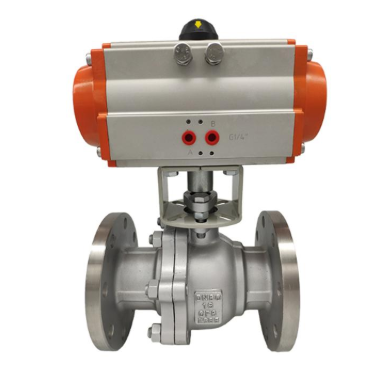
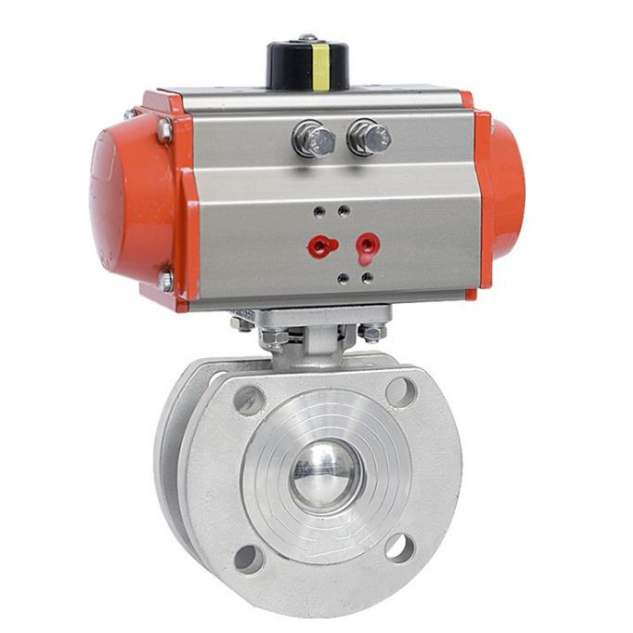
Pneumatic Ball Valve is sometimes fitted with a pneumatic actuator instead of a manual handle operation to turn the valve on or off. They have a direct connection to the valve stem and can turn it a quarter of a turn.
Though actuators and ball valves are different components they are frequently used in conjunction. So, getting them as a package to ensure conformity is more advantageous. When you combine a pneumatic actuator and a ball valve, you get an automatic ball valve that can be controlled remotely. The actuator and the ball valve are connected by a connection interface. The connection interface consists of a shaft, or stem, that connects the valve ball to the actuator, and a flange that bolts the actuator to the valve. A brand-specific actuator can be installed on a compatible brand-specific valve. Different ball valves and actuators, on the other hand, can be used as long as they comply with the same standard, such as the ISO 5211.

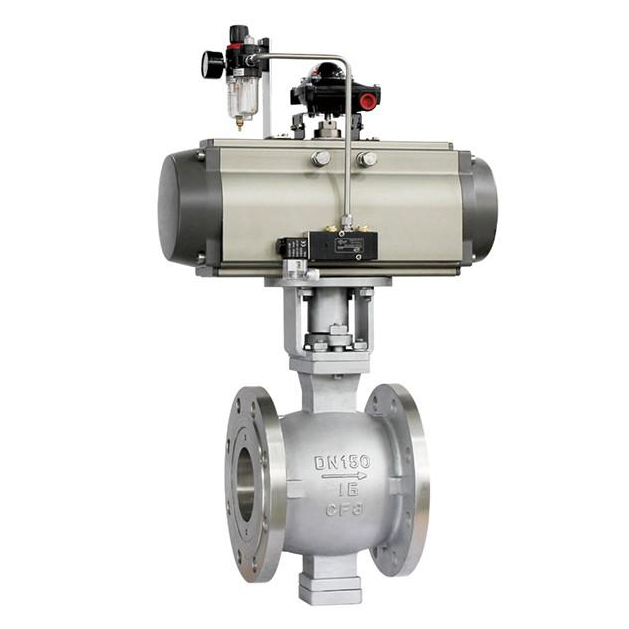
There are two main types according to their movement:
Double acting pneumatic ball valve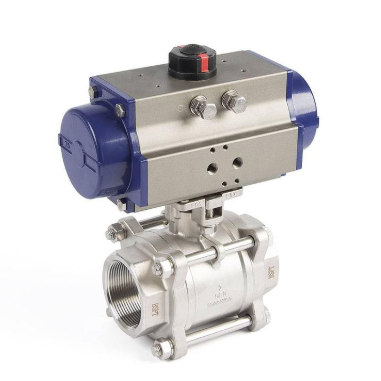

The working of a pneumatic ball valve is similar to its manual counterpart but in this valve, an actuator is mounted instead of a lever to drive the stem (which is connected to the ball) which in turn, rotates the ball to provide the desired operation. As the pneumatic actuator receives a signal from remote control location depending on its position it will rotate to start or stop the flow of fluid through the ball valve.
Pneumatic ball valve can be designed to change positions based on sensor readings. A sensor can detect and report changes in temperature or pressure. The pneumatic ball valve is triggered when the sensor reaches a predetermined point set by machine management staff. This could perform important functions, such as keeping more process fluid from reaching an area that is already full. When the sensor detects that the area is available for more fluid, it activates the pneumatic ball valve, which changes position to allow process fluid to reach that location.
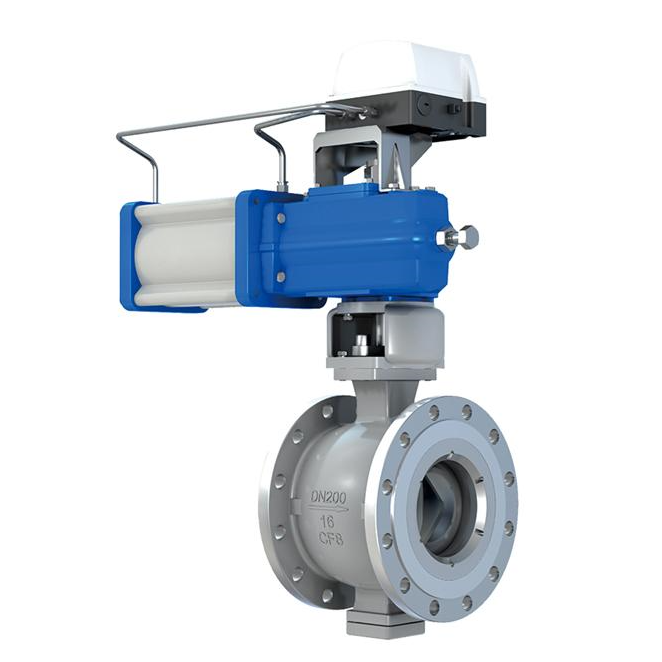
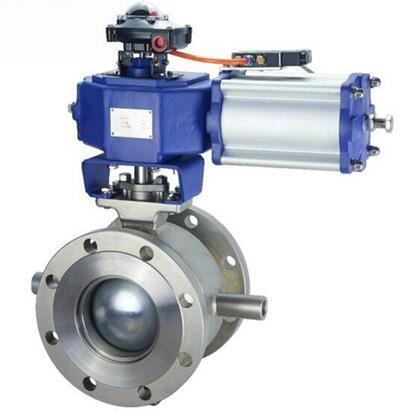
Pneumatic ball valve is highly reliable and can completely prevent flow from entering a specific pipe or area. These pneumatic ball valves are simple to maintain and can be personalized to the needs of a specific factory. For example, an pneumatic ball valve can be ordered in a specific size to fit a factory’s pipes. Furthermore, actuated ball valves can be made of a variety of materials with varying capabilities. Pneumatic ball valve may be designed to handle high or low pressure and temperature conditions. These pneumatic ball valves are also very durable, and a variety of materials can be specified to help ensure durability in a specific application.
Pneumatic ball valve is extremely useful in terms of both production and safety. Parts will break and potentially injure nearby workers if a piece of machinery attempts to continue operation when pressure or temperature levels are dangerously high. The detectors and actuated ball valves that respond to those sensors enable a machine to self-regulate and adapt to these conditions before they become catastrophic. When used correctly, a pneumatic ball valve can reduce production loss, repair time, and injury by providing a rapid response when needed. All of these advantages should persuade businesses and industries to incorporate a pneumatic ball valve into their design.
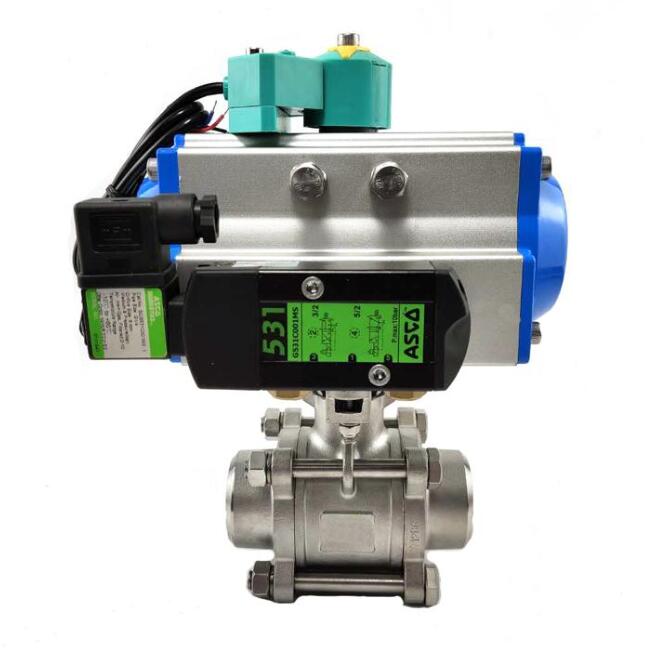
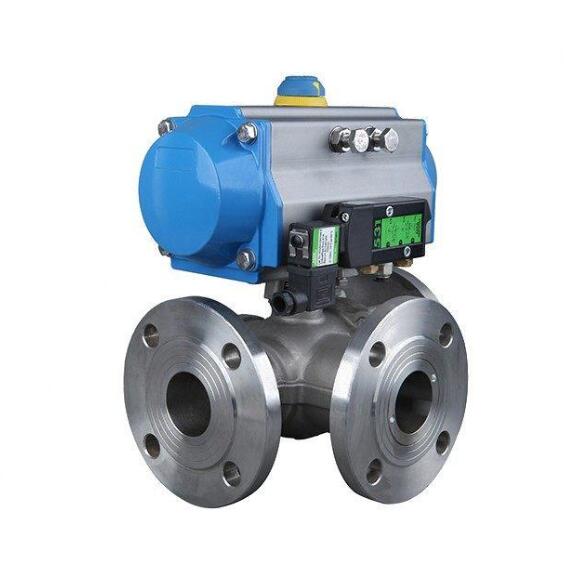
Ball valves with pneumatic actuators introduce into the systems to control valve opening and closing. To measure flow, pneumatic ball valve is often equipped with gauge monitors or flow meters. Industrial processes, manufacturing factories, chemical handling, food, and beverage equipment, mining operations, power plants, and the energy sector uses actuated ball valves. Pneumatic ball valve is also used in wastewater treatment, municipal treatment centers, clean water generation, aquariums, aquatics and animal care, chemical production, metals and plating operations, and chemical synthesis.
